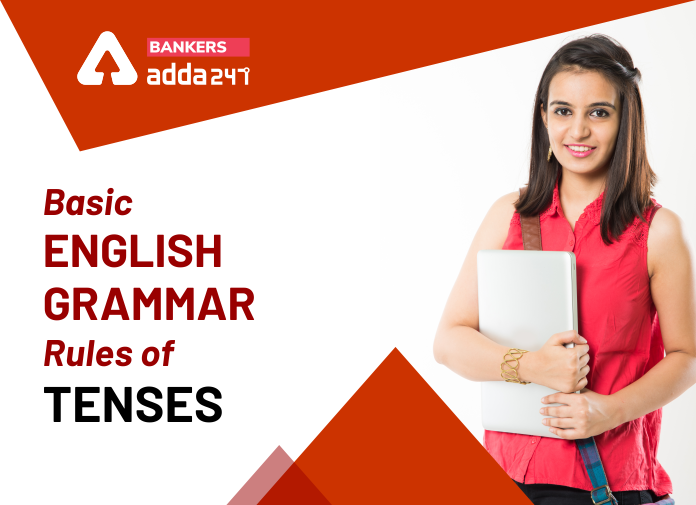English Language is very important for a banking aspirant as it carries a lot of marks in prelim as well as in main section. To tackle this section it becomes very important for a candidate to be well-verse in grammar and its rules. Grammar can fetch you a lot of marks if attempted carefully and with accuracy. You cannot ace this section in one day or two, the key to ace this section is to practice some of the question related to a certain topic daily and make notes. In this article, we will be covering one of the most important topic of English grammar that is Past Tense.
Also read,
- Basics Rules of Noun
- Basic Rules of Verb
- Basic Rules of Subject-Verb Agreement
- Basic Rules of Conditionals
What Is Past Tense?
Past tense refers to any event that has already taken place. Past tense is further divided into four types as given below:
- Simple past/ Past Indefinite
- Past Continous
- Past Perfect
- Past Perfect Continous
Past Indefinite Tense
The past indefinite tense which is also known as simple past tense, denotes a finished or completed action or a task that had occurred or happened at a specific point in time in the past.
Structure:
| Subject + verb in the past form + . . . . . + adverb of time + . . . . . |
Note: You can also find Adverb of time can also be at the beginning of the sentence.
Example:
- Ram went to London last year.
- I ate a apple a few minutes ago.
- She had an exam yesterday.
Also read,
- How to Increase Calculation Speed to Crack Bank Exams?
- English Grammar Rules that Can Get You Confused
Past Progressive/Continuous Tense
The past progressive tense or past continous tense is used to demonstrate an action that was happening in the past for a period of time in a particular context.
Structures:
| Subject + was/were + verb + ing + a specific time |
| Ram was sleeping yesterday at 6.30 AM
He was cleaning the dishes at around 5.30-6.30 yesterday. |
When the condition is given then the structure of the sentence:
| When + subject + simple past tense + subject + was/were + verb+ing |
| When she went out, you were shouting from behind.
When Ram came, I was sleeping. |
| Subject + was/were + verb+ing + when + subject + simple past tense |
| He was shouting from behind when she went outside.
I was sleeping when Alex came home. |
| While + subject + was/were + verb+ing + subject + was/were + verb+ing . . . . |
| While He was sleeping, you were making noises.
While Ram was playing, I was sleeping. |
Also Read,
Past Perfect
The past perfect usually denotes the two successive actions taking place one after another. In such sentence we usually have two completed actions in the sentence; one happens before the other.
Structures:
| Subject + had + past participle form of the main verb + before + subject + simple past tense . . . .
Ram had completed the task before his mother asked. He had bought a gift before you came here. |
When before is use then the structure of the sentence is as given below:
| Before + subject + simple past tense + subject + had + past participle form of the verb +. . . .
Before he went to the school, she finished some her work. Before he went home, she had taken a test. |
When after is used in a sentence then the structure is:
| Subject + simple past tense + after + subject + had + past participle . . . .
Anthony ate after I had bought him a ball. He went to the office after I had finished my work. |
| After + subject + had + past participle + subject + simple past tense . . . .
After I had bought a racket, he came to the shop. After he had gone, I called up. |
Past Perfect Progressive or Continous Tense
The past perfect progressive or continous tense refers to an action which continued for a specific period of time but stopped before another action.
Structure:
| Subject + had + been + verb+ing + . . . . . + for/since + . . . . .+ before + subject + past simple tense
Alex had been playing badminton for 18 years before he retired. John had been living in london since 2010 before he moved to Melbourne. |
Click Here to Register for Bank Exams 2020 Preparation Material
Practice With,



 Weekly Current Affairs One Liners 23rd t...
Weekly Current Affairs One Liners 23rd t...
 CSIR CRRI Typing Test 2025 Date for JSA ...
CSIR CRRI Typing Test 2025 Date for JSA ...
 Can Final Year Students Apply for SBI PO...
Can Final Year Students Apply for SBI PO...


